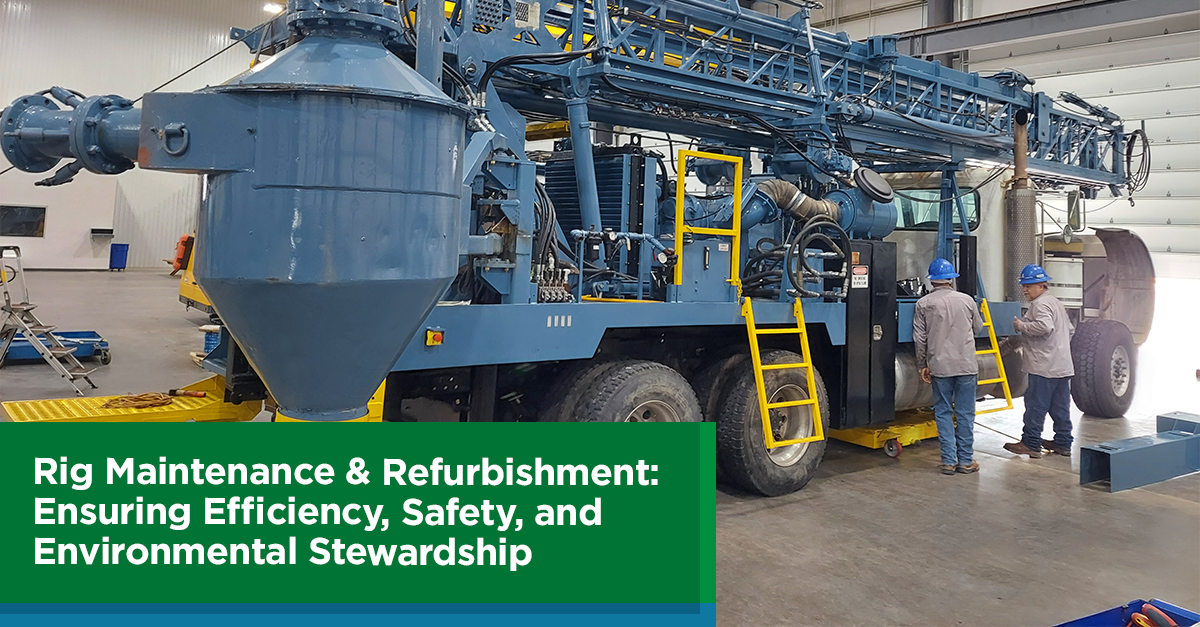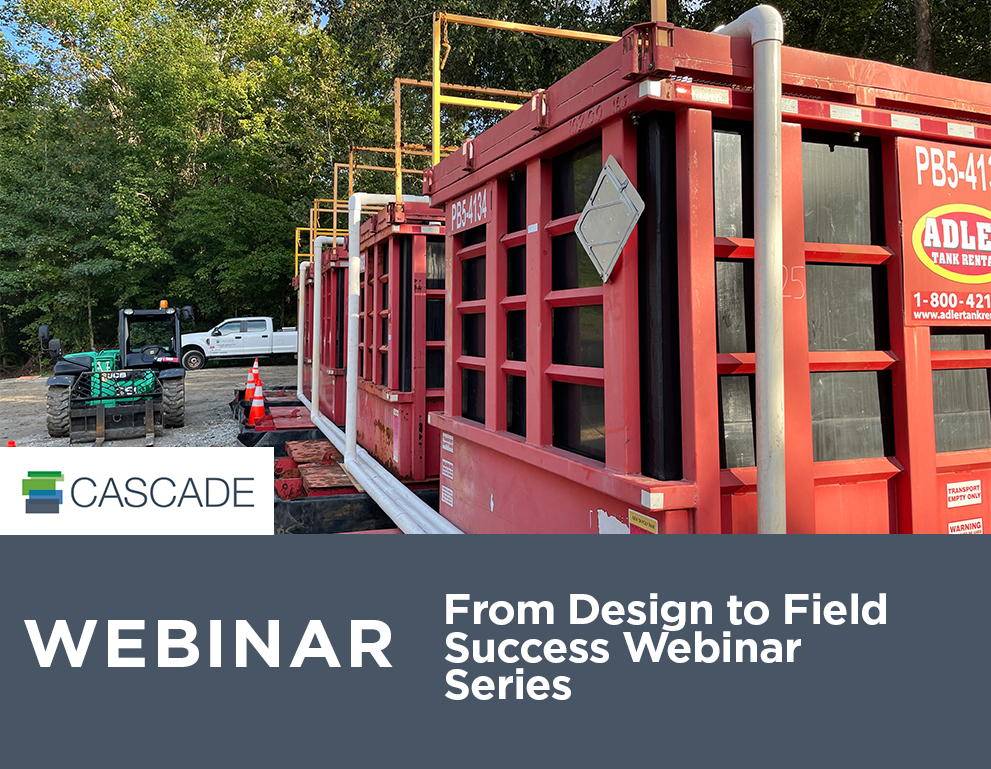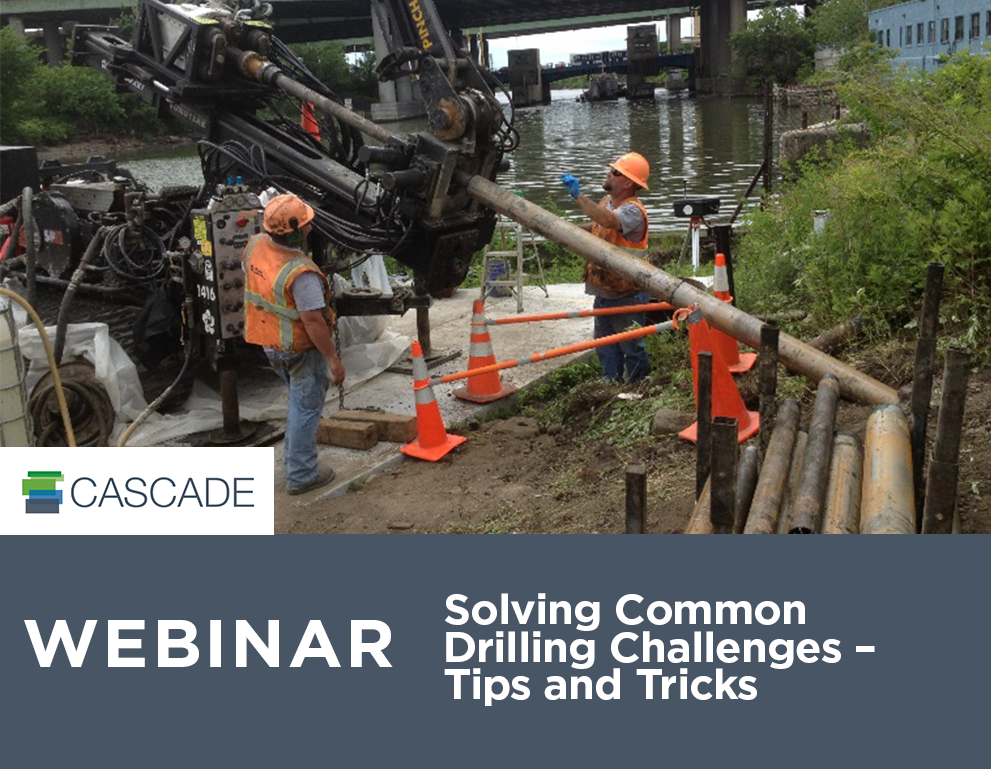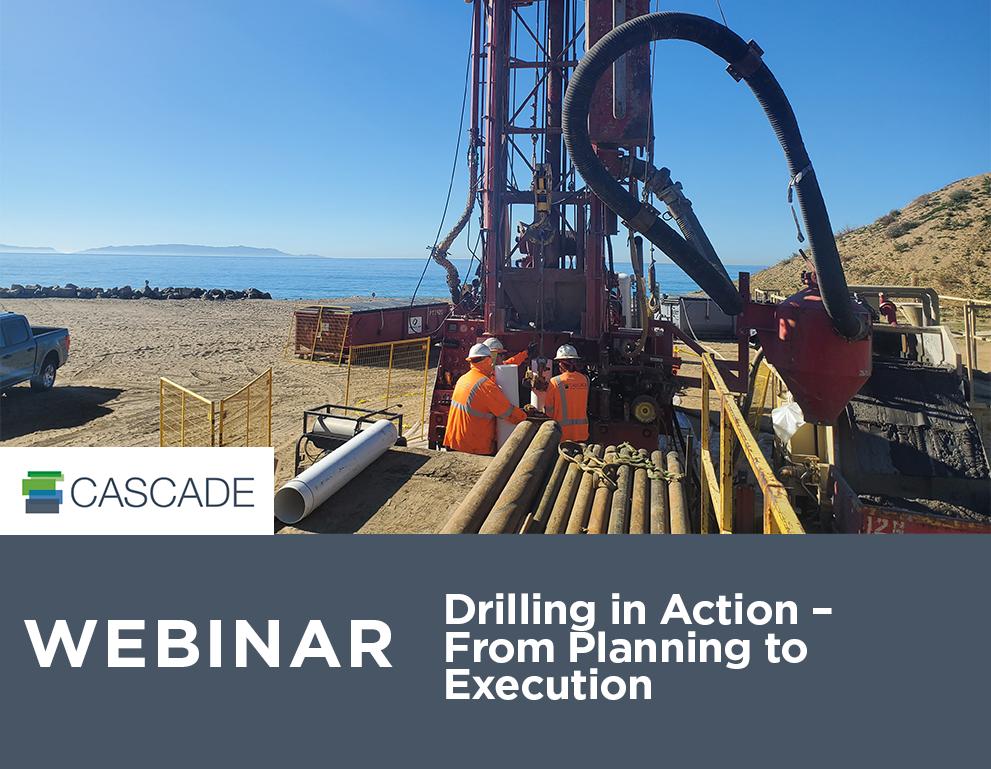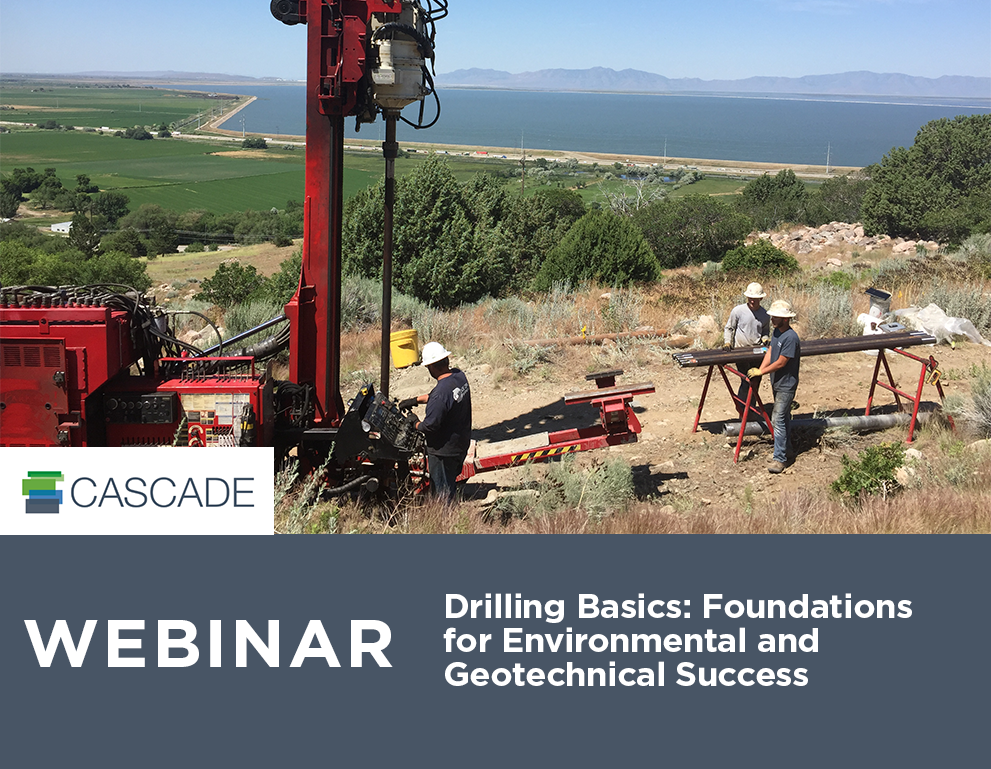Is My Remediation Project Site a Good Fit for ISS/ISCO?
If you have a hard-to-treat site involving contaminants like chlorinated solvents or BTEX compounds with LNAPL present, you are probably racking your brain to develop a remedial solution that will be effective for the timeline and budget your client has in mind.
One often-overlooked option is a combined in situ stabilization (ISS)/in situ chemical oxidation (ISCO) solution. In this blog post, I’ll explain when ISS/ISCO may be suitable for a project site and how to determine if it’s better than the available alternatives.
If you’d like to learn more about ISS/ISCO than I can cover in this blog post, watch this webinar on demand, ISS/ISCO: What You Need to Know for Project Success. I was joined by Brant Smith, Technology Director at Evonik Active Oxygens, and together we explain how the technologies work, what you need to do to ensure an ISS/ISCO remedy is effective, and how to address related regulatory compliance requirements. We also take questions from the audience at the end.
How to Know if ISS/ISCO a Suitable Remediation Solution for a Site
Determining if ISS/ISCO is appropriate for a specific site isn’t “hard,” per se, but you have to know the right questions to ask—and understand what the answers indicate regarding the technology’s suitability. Let’s walk through some of those questions and considerations.
What kind of contaminants are present and being treated at the project site?
ISS/ISCO can treat a wide range of contaminants, but it is most commonly used at sites where LNAPL is present. The reason the approach works so well is because it effectively destroys organic contaminants and results in a dramatic decrease in contaminant mass and concentrations as well as immobilizes contaminants.
How much material requires treatment?
You should ensure the total treatment area is actually large enough that it justifies the cost of mobilizing the equipment and materials needed to implement an ISS/ISCO solution. Typically, a project involving 5,000 CY (or more) would be appropriate from a financial perspective. If the treatment area is smaller, you may want to ask your contractor if there are ways to minimize the mobilization costs (sometimes there are). If there aren’t, this site may not be a good fit for ISS/ISCO.
What are the site constraints?
Some site constraints can be worked around, but others can’t. It’s important that you have a full understanding of all the issues concerning your site and discuss them with your contractor so they can help you determine if ISS/ISCO is safe and feasible for your project.
Here are some of the questions you should be able to answer about the site:
- Is the site actively used or dormant?
- Is it located in a residential, industrial, or commercial area?
- Are there utilities in the proposed remediation area?
- Do you expect to find underground structures?
- Is the site in a flood hazard or wetland area?
- Where and how deep is groundwater located on this site?
- Are water and electric available?
- Can the site facilitate the space needed for an ISS/ISCO mixing plant?
What data is available about the site?
When considering ISS/ISCO—or any other remediation technology, for that matter—it’s important to provide all the geotechnical data you have to your contractor for review. This will help them pinpoint any potential challenges that may impact the success of the project. Your contractor will want to know…
- The regulatory goals of the project, and the entity that is determining/driving them
- If there is enough soil and groundwater data to determine a reasonable mix design
- If a bench scale study has already been completed—and if so, the results
- If the site warrants a pilot test program and evaluation before full scale implementation
How to Determine if ISS/ISCO is Better Than Other Remediation Options
The contaminant of concern (COC), geology, and project location all play a major role in deciding what remediation approach will work best. A thorough review of the cost of other remediation strategies, along with the likelihood of success, are needed to determine if ISS/ISCO is a feasible remedial approach.
Can other technologies or approaches accomplish the project goals?
If ISS/ISCO would work on the site, it’s worth considering whether a standalone strategy using either ISS or ISCO would also work. You should also evaluate the likelihood of ISS/ISCO treatment success against the probability of success offered by other remediation options. Review the rough order of magnitude price per cubic yard of different remedial strategies, and consider the pros and cons of each.
Is there infrastructure that can support removal?
If there is a transportation and/or disposal facility nearby that can manage the contaminants, it’s important that you consider if that option might best help you reach your goals.
What is the proposed end use of the property?
Perhaps it should go without saying, but with any remediation project we should always start with the end in mind. Why are we remediating the property, and what will it be used for after the project is complete? Some remediation techniques—including ISS/ISCO—could cause potential issues for future development, depending on the intended end use. A few questions you should ask include:
- Will the ISS/ISCO monolith cause issues for property development?
- How does well placement and possible polishing of residual contaminants coincide with future site use?
- Are there any added benefits to an ISS/ISCO remedial strategy (geotechnical, logistical, financial)?
- Can the ISS/ISCO remedial strategy be designed to align and improve the future development of the site?
There’s a lot to consider when choosing an ISS/ISCO remediation approach, but it can be an effective and cost-efficient option on many types of sites. If you’d like to learn more, continue on to our webinar on demand, ISS/ISCO: What You Need to Know for Project Success.
ABOUT THE AUTHOR

Matthew Vetter
General Manager, Operations
[email protected]
Matthew Vetter has worked in the environmental services industry for nearly 15 years as both a consultant and contractor. He is a leading expert on in situ stabilization, wetland restoration and mitigation, and stream bank restoration. He holds two bachelor’s degrees (in biology and environmental & marine science), is certified in confined space entry and rigging, and has completed the US Army Corps of Engineers CQM training.
Matthew is the General Manager of our Medford, NJ office, but is also a subject matter expert who works with clients to ensure they get tailored solutions for their project sites. Thanks to his years as a consultant, he has a deep understanding of applicable state and federal regulations, as well as typical site owner requirements that consultants must achieve.
Matthew takes great pride in the fact that over the course of his career and numerous projects managed, there have been zero injuries or OSHA recordables.
Matthew’s years in the field implementing remedies allow him to share hard-earned expertise and best practices gained from projects. His clients are able to achieve site goals more efficiently and cost-effectively thanks to his input and support.



